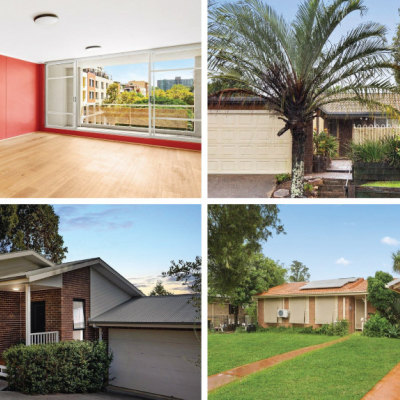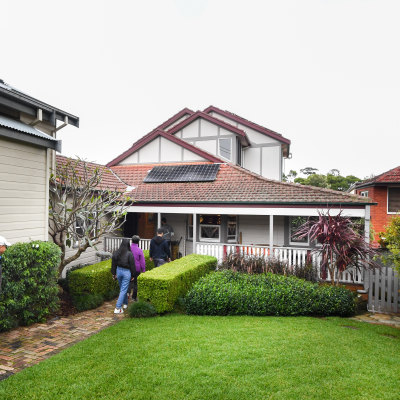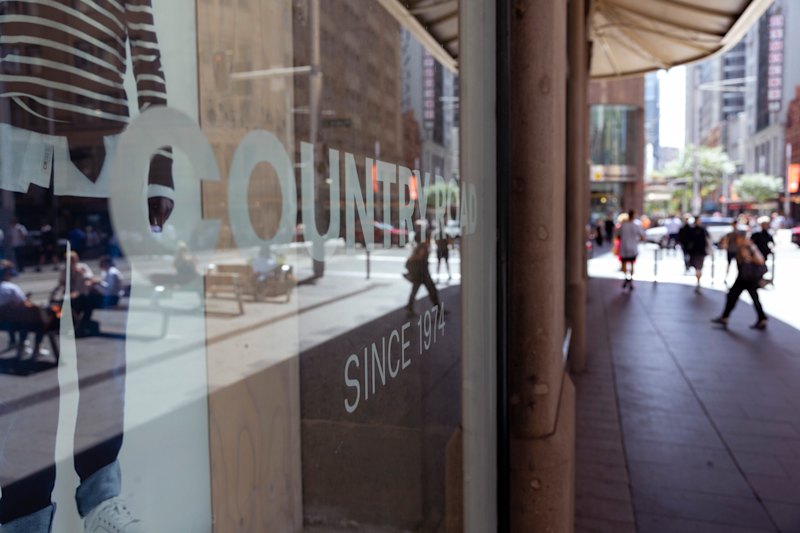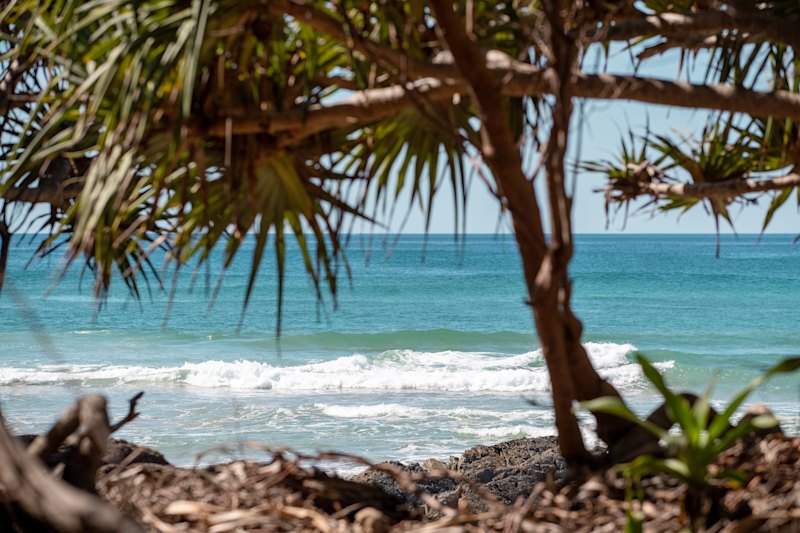Help to Buy v Home Guarantee: Will either party’s plans help aspiring homebuyers?
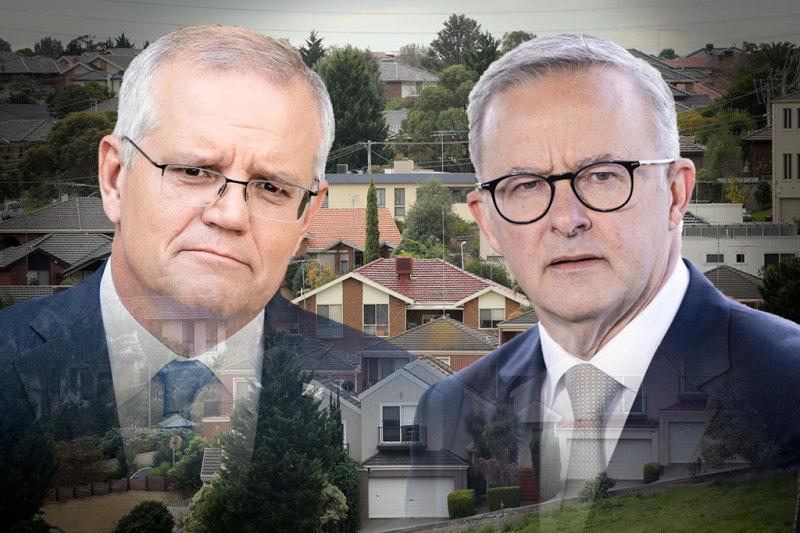
Economist Peter Tulip is blunt when asked if either major party’s home buyer incentives will make a difference. “Yes,” he says. “I think they will both do harm.”
The Coalition’s plan is to offer 50,000 people a year the chance to buy a home with a low deposit and avoid lenders’ mortgage insurance. The Home Guarantee Scheme includes 35,000 first-home buyers on a 5 per cent deposit, 10,000 regional home buyers on a 5 per cent deposit and 5000 single parents on a 2 per cent deposit. The income cap is $125,000 for singles or $200,000 for couples.
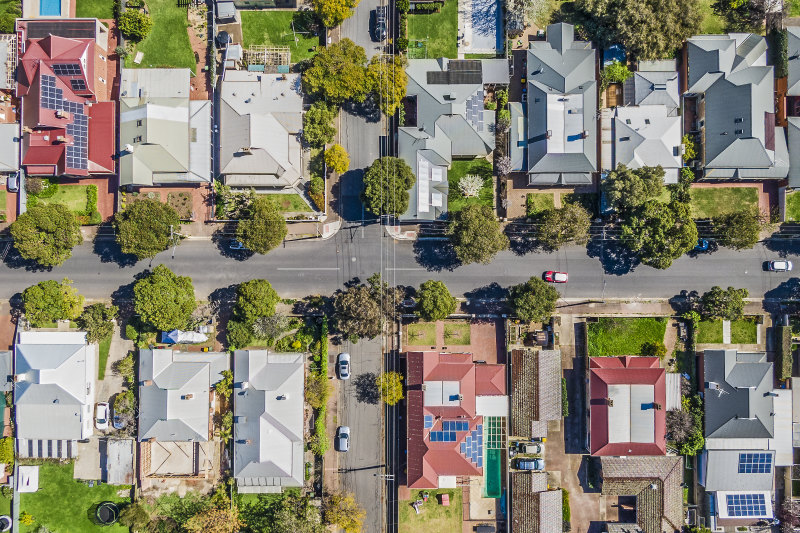
Labor’s Help to Buy would allow 10,000 households a year the opportunity to co-purchase a home with the government, which would reduce the deposit hurdle and their mortgage repayments. It has a minimum 2 per cent deposit and an income cap of $90,000 for singles and $120,000 for couples. The government owns up to 40 per cent of the home.
Both are better than nothing after the pandemic property boom pushed house prices up 25.2 per cent last year from already high levels and left two-thirds of young people feeling they will never be able to own a home in their area.
But neither scheme could be called ambitious enough to tackle falling rates of home ownership or an ongoing housing affordability crisis.
It’s partly maths: more occupants own their home than rent it, thereby benefiting from rising prices. Research from Europe found support for government intervention to improve housing affordability actually declined as house prices rose.
Another issue is supply and demand. Both programs increase or bring forward demand for housing without increasing supply to match, as a recent government review recommended. The schemes are slightly more generous to those who use them to build new homes, but in practise will mostly be used to buy established properties.
“Both of them are going to increase the demand for housing and that will result in people bidding up prices,” said Tulip, chief economist at the Centre for Independent Studies.
“They’ll both help the lucky recipients, but they’ll make housing more expensive for everyone else.”
He said both plans were marked improvement on a previous policy of first-home owner grants, but the limited number of places made the programs “trivial” compared to the millions of renting households.
Not all experts are so downbeat on a federal shared-equity scheme. Grattan Institute economic policy program director Brendan Coates proposed one earlier this year, albeit with more tightly targeted income caps.
He said although the guarantee scheme would deal with the deposit hurdle for many first-home buyers, especially amid the rise of the Bank of Mum and Dad, the shared-equity scheme could also help older Australians who had missed out on owning their own home or been through a separation.
What of the prime minister’s argument that, under Labor’s Help To Buy scheme, if an owner’s household income grows above the price caps they would be forced to sell?
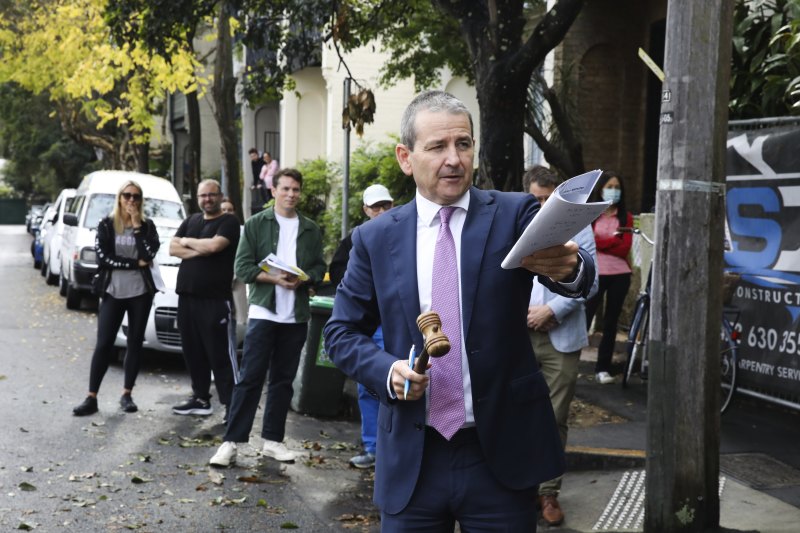
Coates said although Labor had not set out all the details, state schemes that have operated for some time offered clues. In Victoria, he noted, if an owner’s income exceeded the cap for two years they would be asked to start repaying the government’s share, with buyers not expected to find the gap from their own savings. The value of the government’s share and the value of the owner’s share both increase proportionally if prices rise. Federal Labor housing spokesman Jason Clare also flagged the two-year grace period.
“You refinance the loan because your income has increased and you can service a larger mortgage,” Coates said. “It’s not, ‘the government would force you to sell your house to find the equity stake’.”
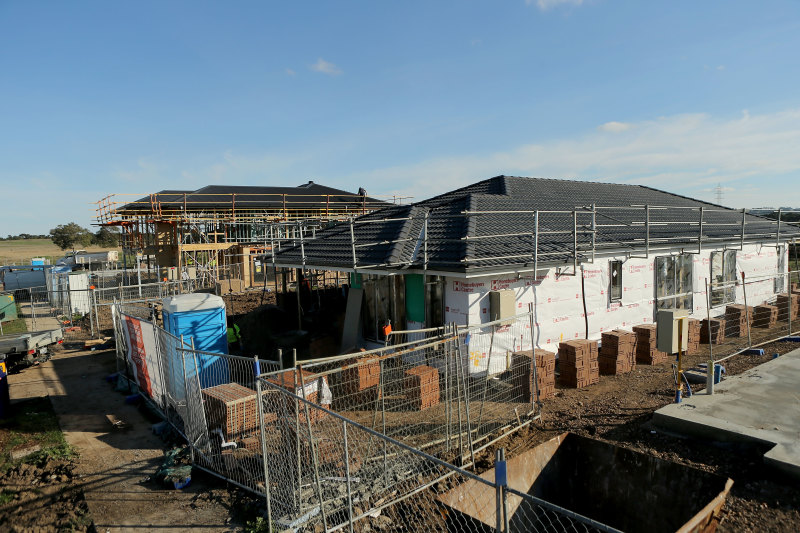
Coates also emphasised that if an owner died and the government was repaid its share from the sale proceeds of the home, that was no different from a bank getting repaid on a loan, and in no way a death tax.
He welcomed Labor’s plans on social housing but said neither party was offering policy that would make housing more affordable, such as capital gains discounts for investors that added to demand and saw first-home buyers lose at auction, or pushing state governments to loosen planning laws that made it hard to build more housing where people wanted to live.
“It’s a sad reflection of the diminished policy ambition on show in this election campaign,” he said. “We’ve got to do a lot more if we’re going to tackle housing affordability for the younger generation.”
University of Sydney professor of urban and regional planning Nicole Gurran said both policies would put only modest upward pressure on prices at the moment as rising interest rates pulled prices down, but said Labor’s shared equity scheme was marginally less risky for households as it offered a smaller mortgage.
Shared equity schemes have worked in several states and internationally for years, and enable households to buy back the equity over time as their economic circumstances improve, she said.
But she argued it would be better to follow a UK model that tied shared equity to the release of government-owned land or to planning system efficiencies and created new lower-cost supply.
She also noted the Greens’ plan to build one million new publicly owned homes over 20 years.
“Their ambition is about right,” she said. “The Greens’ ambition depends on heroic tax reform. And we could say that neither of the parties are ambitious when it comes to tax reform.”
We recommend
States
Capital Cities
Capital Cities - Rentals
Popular Areas
Allhomes
More
